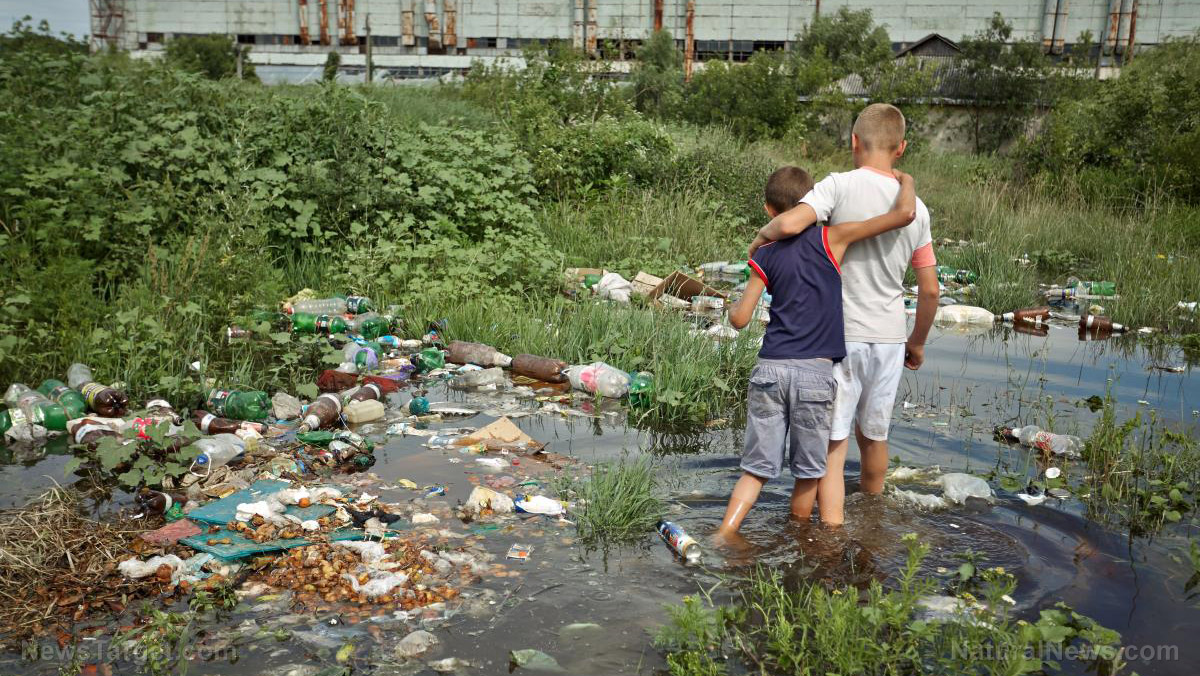
Despite intense pressure coming from local government officials and even health groups from the U.S. and other European countries, Thailand still engages in illegal practices which include abusing young migrants from Myanmar and Cambodia. The Southeast Asian country is the fourth-largest seafood exporter in the world and demand has driven some fisheries to use child workers to increase supply.
It appears to be a well-recognized problem, but one that is not being immediately addressed. On one hand, foreign importers and retailers need to entangle themselves in a complex social and economic dynamic. The companies themselves know that their suppliers are not being transparent but are worried to call them out for it in fear of losing them. Suppliers are likewise too embarrassed to talk about the issue.
Traceability is not enough. Retailers had little to no tools to identify which fisheries were violating human rights.
Hopefully this new tool will help. It took two years to design and was developed in collaboration with Liberty Asia and the Sustainable Fisheries Partnership. As with its sister’s color-coded scheme, the Seafood Slavery Risk Tool will allocate a critical, high, moderate, or low risk rating based on the data given to the researchers.
A “critical” risk rating, for example, would mean that the fishery in question is practicing known forced labor. Albacore, skipjack, and yellowfin tuna found in some Taiwanese fisheries have been given this score. On the other hand, Patagonian toothfish in Chile were given a “low” risk rating because the fishery is noted to practice good regulatory guidelines.
Data is taken from reliable government and media reports of known abuses.
To know, but no to do
It must be emphasized that the tool does not advise purchasers one way or another. Developers of the tool say that their goal is to create change by “working with suppliers to change their practices.” They are worried that if people began actively ignoring, avoiding, or boycotting certain fisheries, it would drive the illegal trade further underground.
A spokesperson from Seafood Watch has said that “every human rights expert [the group has] talked with says you can’t boycott [these practices], you have to keep it out in the sunshine. That’s the only way to make a difference.”
This “look but don’t touch” approach appears to be practiced by most retailers who remain skittish about talking openly about a problem in their supply chain.
“No retailer is going to go out and talk much about the fact that there are labor rights issues in the supply chain,” lamented Dick Jones, the CEO of Ocean Outcomes, an international NGO dealing with improving fish farms in Northeast Asia.
Maisie Ganzler, chief strategy and brand officer at Bon Appétit Management Company sums it up perfectly with this: “The reality is that no company right now can be 100 percent sure there’s no slavery in the supply chain. All companies need to band together to work on the issue, along with the government. It really is an issue that governments are going to have to take action on.”
Read more stories on child labor violations at Freedom.news.
Sources include:
Please contact us for more information.























